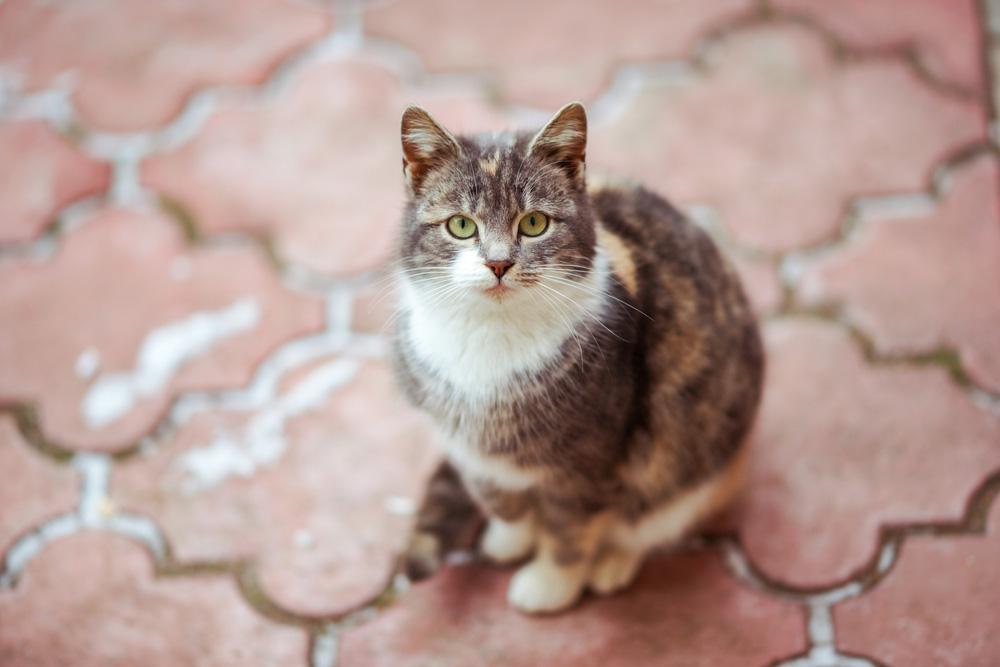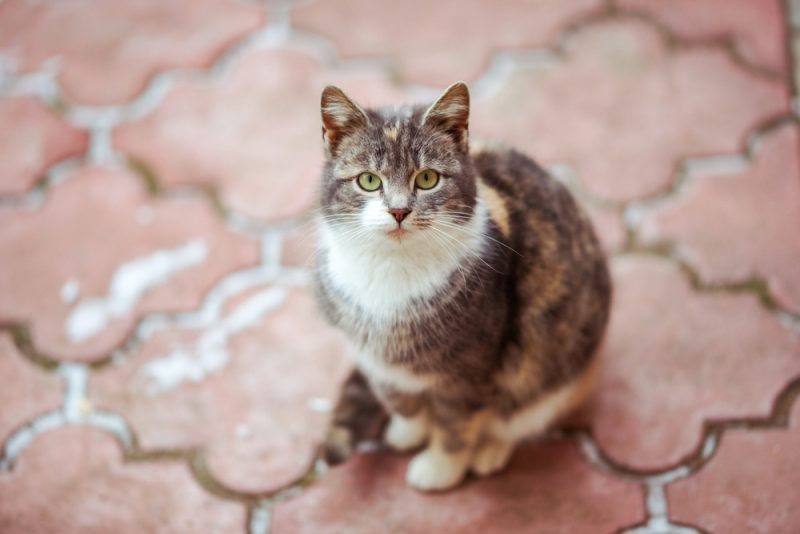When March 17th rolls around, most people are gearing up for Saint Patrick’s Day celebrations. It’s a time to feast, drink, wear green, and drink some more. However, Saint Patrick isn’t the only saint for whom March 17th is reserved. This date is also the feast day of St. Gertrude! Wait, who is that?
St. Gertrude is known as the patron saint of cats (among other things). But how did she become the patron saint of cats? It’s an interesting story that involves a bit of a dive into St. Gertrude’s history. Sit back and enjoy the tale!
The History of St. Gertrude
So, who is this saint, and why haven’t you heard of her?
St. Gertrude of Nivelles was born in 626. The daughter of a noble family who lived in what is now Belgium, Gertrude wasn’t quite the obedient daughter one would have expected in such a family at the time. When she was merely ten years old, she was asked if she would like to marry a duke. Rather than accept the offer (which most would have, as advantageous arranged marriages that created alliances that brought power and wealth were the norm back then), Gertrude declined and declared she would only take Christ as her bridegroom. It was a pretty bold move.
Just a few years later, Gertrude’s father passed away. Her mother, Itta, was concerned that her daughter would be kidnapped for marriage (as was also the norm back then), so she shaved Gertrude’s head in tonsure, then went and built an abbey. In this way, she hoped to protect her daughter. The Abbey of Nivelles eventually became a double monastery where nuns and monks served. Gertrude was appointed Abbess for the monastery, but she handed off administrative duties to others and spent her time caring for the poor, sick, and elderly. She built hospices, churches, and monasteries and became known as the patron saint of gardeners, widows, and travelers. Her name was also invoked to ward against mental illness, mice, and rats.
Unfortunately, Gertrude had a rather short life. Because she had worn herself down with constant vigils and fasting, she passed away when she was only 33. Interestingly, she said she sensed that her time was drawing near and asked a monk when she would die. He said she would die on March 17th, and that is indeed what happened.
Gertrude was made an official saint pretty much right after her death. Churches were erected in honor of her, and miracles were attributed to her. One of the more fascinating miracles associated with Gertrude occurred on an ocean voyage some of her monk friends were undertaking. It’s said that a storm and a sea monster showed up at the same time, threatening to overturn the ship. Her friends invoked her name, and both storm and monster disappeared immediately, ensuring the survival of everyone on the ship.
That’s Great, But What About the Cats?
Now that the religious history lesson is over, we know what you’re really here for: the cats.
You probably noticed that nowhere did we say anything about Gertrude and felines, so how did she become the patron saint of cats? Well, it seems that the first mention of St. Gertrude as the patron saint of cats didn’t occur until 1981 or 1982 when she was mentioned as such in a catalog from the Metropolitan Museum of Art!
Gertrude was never officially made a patron saint of cats; she just sort of ended up being one to the people. The reason for this is likely due to her association with warding off mice and rats. Rodents were a huge issue in medieval times (hello, Black Death), and people would use the name of St. Gertrude to keep rodents away. St. Gertrude was also often depicted in art with mice and rats at her feet or running along a staff. So, in the 1980s, those who loved St. Gertrude took that a step further and made the logical leap of “one who keeps rodents away” to “one who protects the animals who keep rodents away.”
Final Thoughts
St. Gertrude led a fascinating but all-too-short life. She may not be the official patron saint of cats, but as the unofficial one, it wouldn’t hurt to invoke her next time you want extra protection for your kitty. The next time March 17th comes around, why not celebrate St. Gertrude’s feast day rather than St. Patrick’s Day?
Featured Image Credit: newsony, Shutterstock










